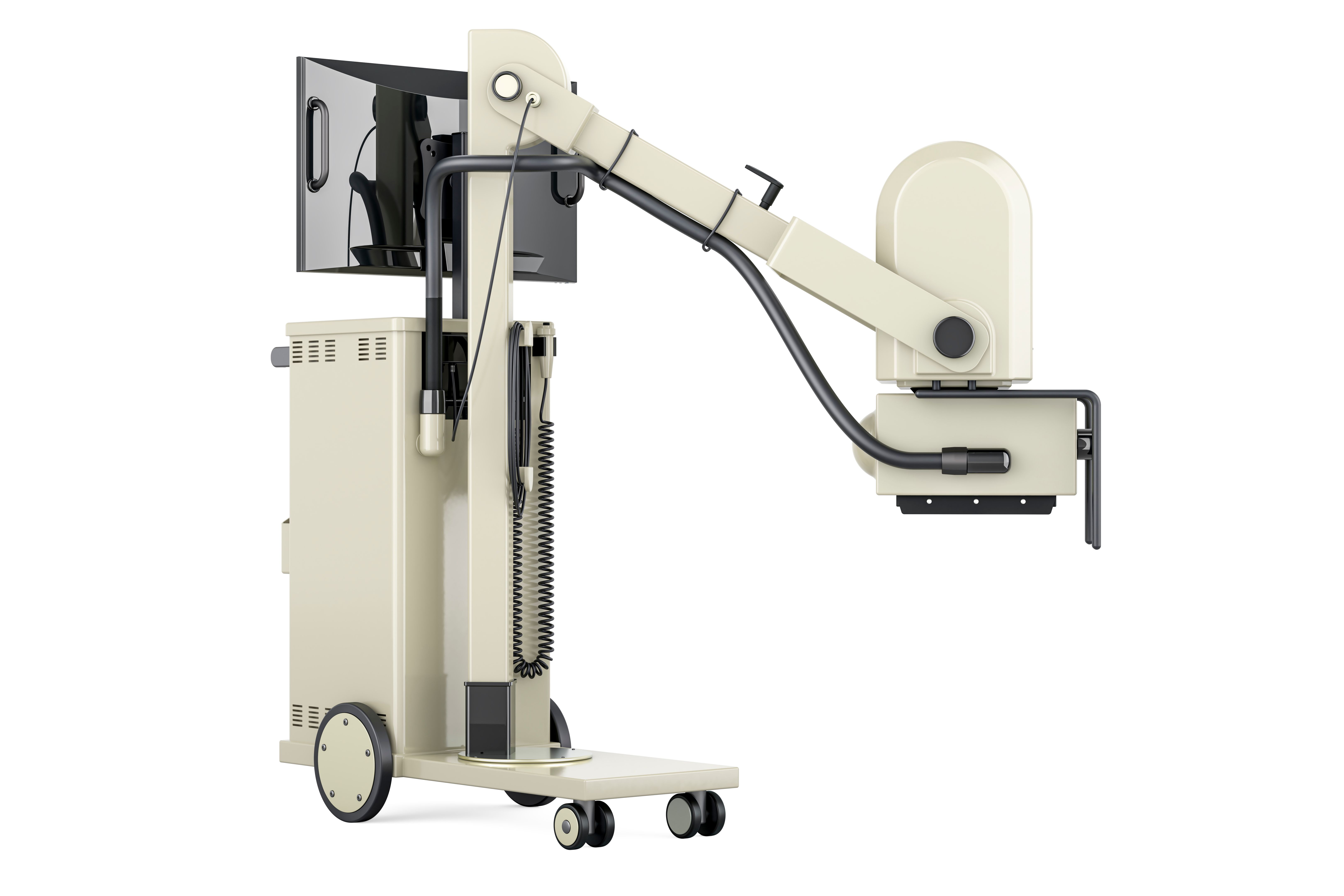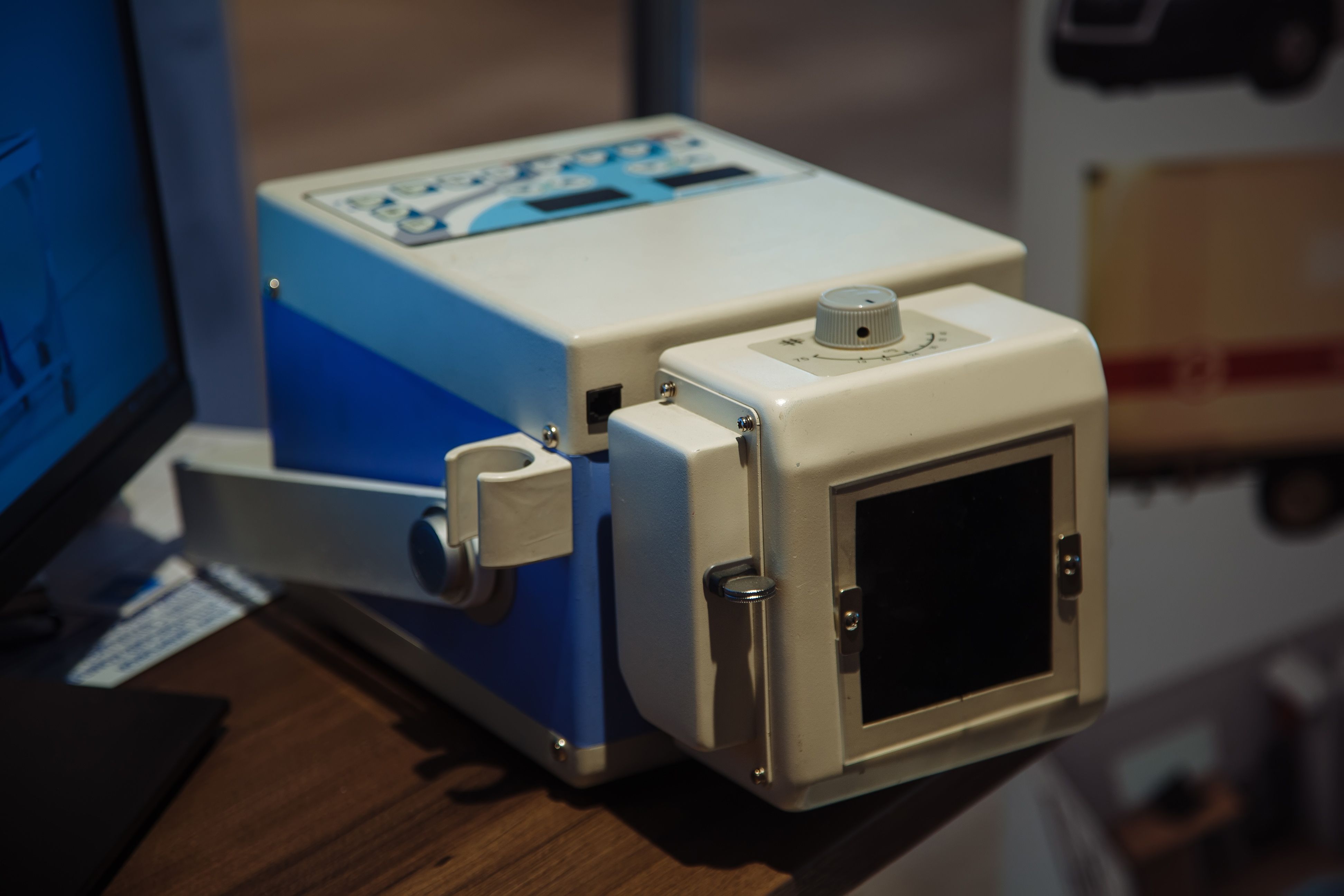Understanding the Difference Between Portable and Mobile X-ray Systems
Introduction to X-ray Systems
In the medical field, imaging technology plays a crucial role in diagnosing and treating patients. Among the various imaging tools available, X-ray systems are indispensable for visualizing internal structures of the body. However, not all X-ray systems are stationary; some are designed for mobility. Understanding the difference between portable and mobile X-ray systems can help medical professionals select the most appropriate tool for their needs.
While both types offer flexibility and convenience compared to traditional fixed systems, they serve slightly different purposes and settings. In this blog post, we'll explore the key distinctions between these two types of X-ray systems and highlight their unique benefits.

What Are Portable X-ray Systems?
Portable X-ray systems are compact and lightweight devices that can be easily transported from one location to another. They are designed to be carried by hand or with minimal equipment, making them ideal for use in settings where mobility is essential. These systems are frequently used in home healthcare, sports medicine, and emergency situations where immediate imaging is required.
The key advantage of portable X-ray systems is their ease of transportation. They are typically battery-operated, allowing them to be used in remote locations without access to a power source. Their compact design also means they take up less space, making them suitable for crowded environments.
Applications of Portable X-ray Systems
Portable X-ray systems are often used in environments where patients cannot be easily moved. This includes nursing homes, disaster sites, and rural areas with limited access to medical facilities. By bringing the imaging equipment directly to the patient, healthcare providers can quickly assess injuries or conditions without delay.

Understanding Mobile X-ray Systems
Mobile X-ray systems, on the other hand, are larger machines mounted on wheels that can be moved around within a facility. These systems are more robust than portable units and typically offer higher imaging capabilities. They are commonly used in hospitals and clinics where patients need to be imaged at their bedside or in specialized departments like operating rooms.
The mobility of these systems enables healthcare providers to perform X-rays without transferring patients to a dedicated radiology room. This is particularly beneficial in intensive care units (ICUs) or operating theaters where patient stability is crucial.
Features of Mobile X-ray Systems
Mobile X-ray systems often come with advanced features such as digital imaging capabilities, allowing for quick image processing and sharing. Their design facilitates easy movement across different departments, ensuring that imaging services are always within reach when required.
The larger size of mobile systems also allows for more powerful imaging options, making them suitable for a wider range of diagnostic applications compared to portable units.

Choosing the Right System
When deciding between portable and mobile X-ray systems, it's important to consider the specific needs of your facility or practice. If you require frequent bedside imaging or work in environments with limited space, a portable X-ray system may be your best option. These units are excellent for quick assessments and situations where portability is key.
On the other hand, if you need a more comprehensive imaging solution with advanced features and higher resolution capabilities, a mobile X-ray system might be more appropriate. These systems are ideal for facilities with multiple departments or those that require regular imaging services throughout the day.
Conclusion
Both portable and mobile X-ray systems offer unique benefits that cater to different medical scenarios. By understanding the differences between these two types of systems, healthcare providers can make informed decisions that enhance patient care and operational efficiency. Whether you prioritize mobility or advanced imaging capabilities, selecting the right system is essential for delivering quality healthcare services.
